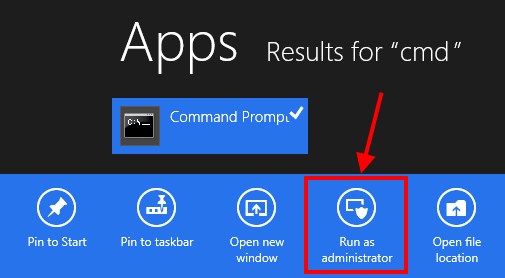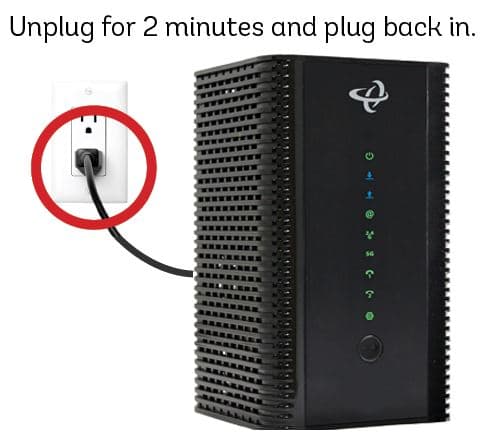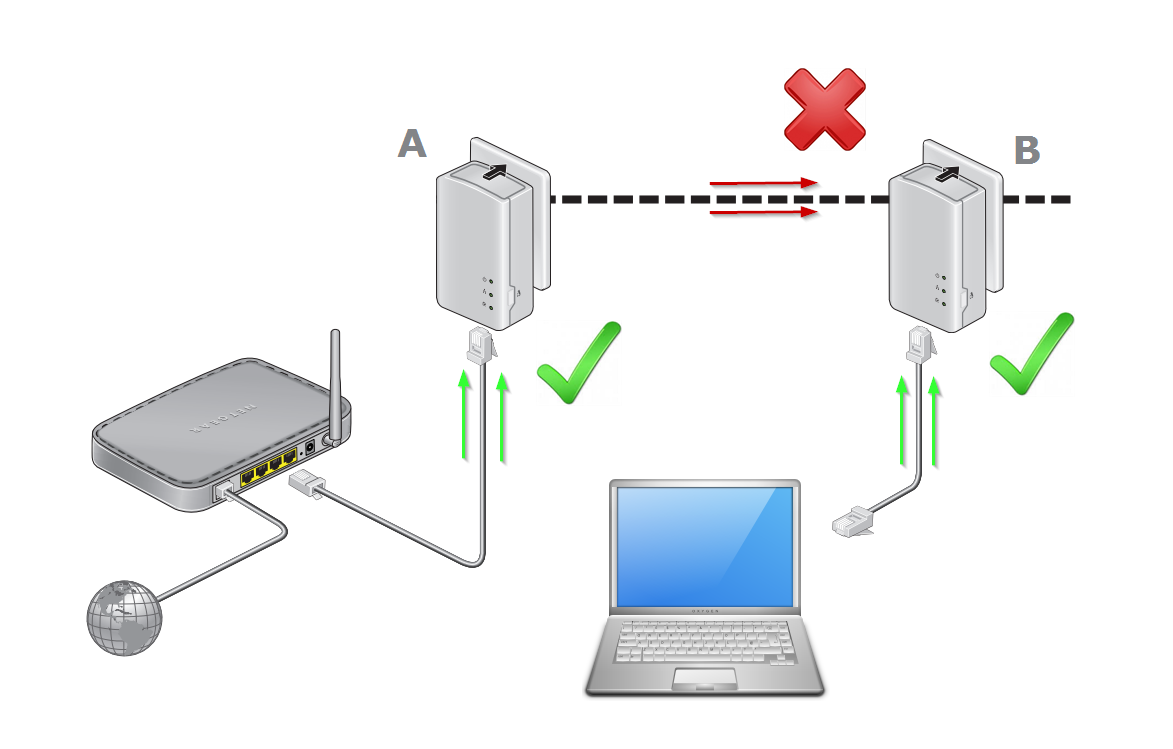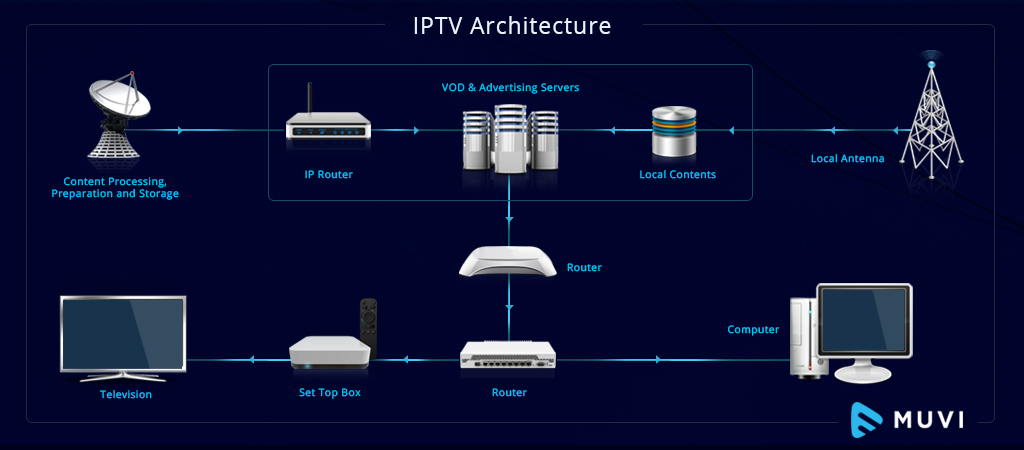Are you looking to save money on your next cabling project by learning how to terminate coaxial cable yourself? As a seasoned expert in the cable industry, I’m here to guide you through the process step-by-step. In this comprehensive article, we’ll cover everything you need to know to confidently terminate coax cable with the precision and reliability of a professional.
Coaxial cable is a versatile workhorse used to transmit a wide range of signals, from cable TV and internet to high-quality audio. By mastering the art of coax termination, you’ll be able to tackle any project that comes your way, saving on labor costs and gaining a deeper understanding of these critical cable systems.
Gathering Your Tools
Before diving in, ensure you have all the necessary tools and materials on hand:
- Coaxial cable (RG-6 is most common for residential applications)
- Coax compression connectors (F-type for CATV/satellite or BNC for video/RF)
- Coax cable stripper tool
- Compression crimping tool
- Cable cutters
- Connector installation tool
Investing in quality tools pays off. I recommend using precision compression connectors and a reliable stripper/crimper combo tool for optimal results. Cheaper twist-on or crimp-style connectors may be tempting, but they often result in subpar connections prone to signal loss and interference.
Preparing the Cable
Step 1: Measure and Cut
Start by measuring out the length of cable needed for your run, adding a few extra inches to account for any trimming. Use your cable cutters to cleanly slice through the coax at a 90-degree angle. A straight cut is crucial for proper connector alignment.
Step 2: Strip the Outer Jacket
Next, use your coax stripper to remove about 1/2 inch of the outer jacket. The key here is to apply firm, steady pressure while rotating the tool around the cable. You’ll feel it slice through the tough exterior without damaging the delicate shielding underneath.
Step 3: Expose the Center Conductor
With the outer jacket removed, you’ll see the braided copper shielding and metallic foil. Carefully peel these layers back to expose the inner dielectric insulation and copper center conductor.
Use your fingers or needle-nose pliers to gently pull the shielding away from the center, ensuring it remains intact. Then, trim the dielectric to leave about 1/4 inch of bare center conductor protruding.
Attaching the Connector
Step 1: Slide on the Connector
Now it’s time to slip your coax connector onto the prepared cable end. Align it so the center conductor slides into the connector’s pin, while the outer shielding makes contact with the connector body. You may need to give it a firm push to fully seat the connector against the outer jacket.
Step 2: Crimp It Like You Mean It
With the connector in place, it’s time to break out the compression crimping tool. This specialized tool uses immense pressure to permanently lock the connector onto the cable for a solid, reliable connection.
Insert the connector into the appropriate die on the tool, ensuring proper alignment. Then, squeeze the handles firmly until you feel and hear the crimp snap into place. Don’t be afraid to put some muscle into it – a tight crimp is essential!
Testing Your Work
Before calling it a day, take a moment to visually inspect your newly terminated coax cable. The center conductor should be flush with or slightly protruding from the end of the connector, and the connector should feel secure with no wiggling or looseness.
As an extra precaution, I always recommend testing the cable with a coax tester or multimeter to verify signal integrity and catch any shorts or opens caused by improper termination. Trust me, there’s nothing more frustrating than fully installing a faulty cable run!
Pro Tips for Perfect Terminations
In my decades in the cable industry, I’ve learned a few tricks of the trade when it comes to coax termination:
- Consistency is key. Especially if you’re working with multiple cable brands, ensure your tools are properly adjusted for each type. Using the wrong stripper settings is a recipe for damaged shielding and shoddy connections.
- Don’t neglect the shielding. That thin foil layer beneath the braid is critical for signal isolation and noise rejection. Trim it to the same length as the braid to maximize shielding effectiveness.
- Give yourself some slack. When running coax, always leave a bit of extra length at each end to accommodate termination and future maintenance. Trying to stretch a cable to fit is asking for kinks, stress, and premature failure.
- Invest in quality connectors. Not all coax connectors are created equal. Look for options with robust construction, corrosion-resistant plating, and easy-to-use compression designs. Saving a few cents per connector is rarely worth the headache of dealing with poor connections down the line.
The Importance of Proper Coax Termination
Properly terminated coaxial cables are essential for maintaining signal integrity and minimizing interference. The global coaxial cable market is projected to grow from 19.45 billion in 2024 to 33.02 billion by 2031, with a CAGR of 7.8
Improper termination can lead to a host of issues, including:
- Signal loss and attenuation
- Increased noise and interference
- Intermittent connectivity problems
- Reduced bandwidth and data speeds
By taking the time to learn and master proper coax termination techniques, you’ll ensure your cable installations deliver the performance and reliability your projects demand.
Troubleshooting Common Issues
Even with the best techniques and tools, issues can still arise. Here are a few common problems you may encounter and how to troubleshoot them:
Signal Loss or Weak Reception
- Double-check all connections to ensure they’re properly seated and secured.
- Inspect the cable for any kinks, cuts, or damage that could be causing signal loss.
- Verify the cable length is within the recommended range for your application.
Intermittent Connectivity
- Check for loose or corroded connections, replacing any suspect connectors.
- Ensure the cable is not being subjected to excessive bending or stress.
- Verify the cable is properly rated for your application (e.g., outdoor vs. indoor use).
Interference or Noise
- Ensure the cable shielding is properly terminated and grounded.
- Keep coax runs away from potential sources of electromagnetic interference (EMI), such as power lines or electric motors.
- Use high-quality, shielded connectors to minimize signal leakage and pickup.
Conclusion
Learning to terminate coax cable is a valuable skill for any DIYer or cable professional looking to save time and money. By following these step-by-step instructions and investing in quality tools, you’ll be able to achieve reliable, high-performance connections that rival those of seasoned pros.
While it may seem daunting at first, I promise that with a little practice, you’ll be cranking out perfect coax terminations in no time. So go ahead and give it a shot – your wallet and your future projects will thank you!
As always, feel free to reach out with any questions or tips of your own. Together, we can keep pushing the boundaries of what’s possible with cables and connectivity.
To terminate a coaxial cable, you will need a cable cutter, a coaxial cable stripper, and a compression tool. You will also need the appropriate connectors for your cable type, commonly F-type connectors for RG-6 or RG-59 cables.
Terminating a coaxial cable involves cutting the cable to the desired length, stripping the cable jacket, preparing the cable ends, attaching the appropriate connectors, and securing them firmly with a compression tool. This process ensures efficient signal transmission.
Yes, you can terminate a coaxial cable yourself. However, it requires precision and the right tools. If you’re unsure, consider seeking professional help. There are also step-by-step guides and video tutorials available online to assist you.
Proper termination of a coaxial cable ensures reliable and efficient signal transmission. It enhances signal quality, prevents signal reflection, facilitates easier troubleshooting, and ensures compliance with standards. This is crucial for achieving optimal performance in communication systems.
The most common types of coaxial cables used are RG-6 and RG-59. These cables are used in various applications, including cable television, internet, and low-quality audio. The type of cable you choose depends on your specific application.







